Roy van der Meel (39) is an assistant professor at Eindhoven University of Technology, where he works on nucleic acid-based drugs.
What exactly do you do?
’I work in the precision medicine research group, where we develop nanotechnologies for immunotherapy. We want to be able to translate these technologies from the petri dish to human application. Immunotherapy is about manipulating the immune system so that it has therapeutic effects of its own, such as enabling your immune system to destroy cancer cells on its own. It can boost the immune system when it does too little, or inhibit it when it does too much, as in autoimmune diseases. Immune cells are found in the bone marrow or the spleen, so you need to get to where they are in the body. We make small packages that allow us to deliver drugs. So you need knowledge from two or more sides. Engineers, immunologists and doctors.’
What are these packages made of?
’Almost all natural materials; materials that are found in your own body. Phospholipids, fats, cholesterol… We look at high-density lipoproteins, small fat globules that transport cholesterol to and from the liver. These particles are made up of the components that these apolipoproteins surround as an exoskeleton. But they also react with immune cells. So we can deliver these nucleic acids to specific immune cells.’
How do you make sure that the package gets to the right place?
’We don’t know exactly what the best composition is. We are making libraries of nanoparticles in which we keep changing the composition. We will screen them, test them in cells or in laboratory animals. Can they deliver the mRNA and is there expression? Where do they end up? We use imaging techniques such as fluorescence and radioactivity. Then we can select the formulations that appear to go to a particular place and deliver it. You can screen compounds until you find some that don’t just go to the liver.’


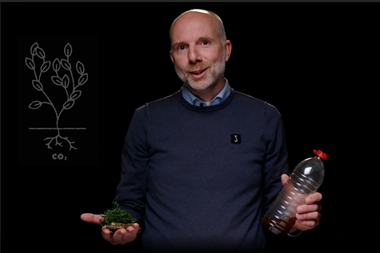
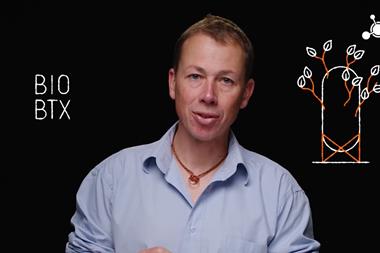
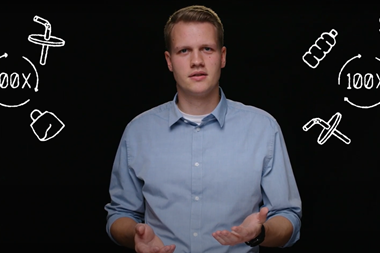

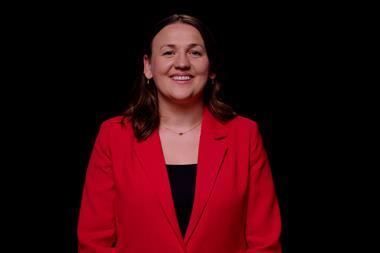

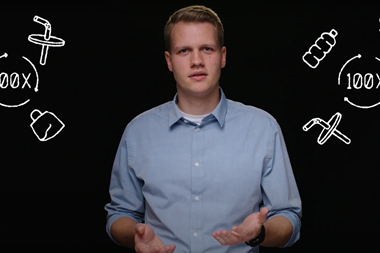
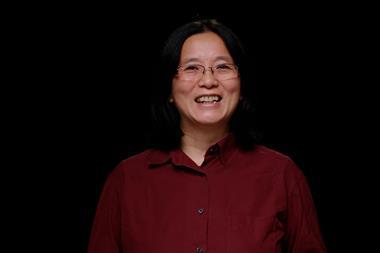










Nog geen opmerkingen